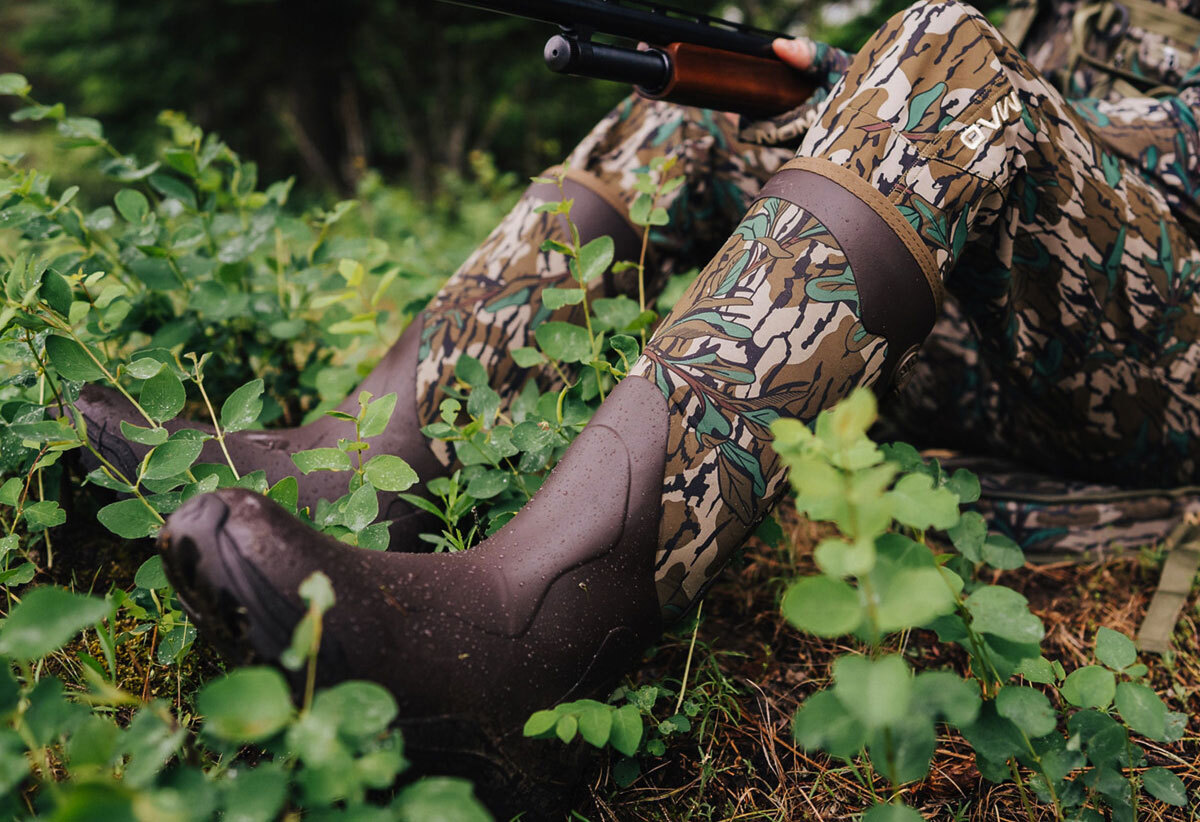In the ever-evolving landscape of real estate, the advent of the Cash Offer Guarantee has emerged as a game-changer, promising homeowners a stress-free and rapid resolution to their selling endeavors. This innovative approach transcends the traditional labyrinth of property listings, open houses, and prolonged negotiations, offering a streamlined solution that resonates with the modern homeowner’s need for efficiency and certainty. Picture this: a guaranteed cash offer for your home, providing not only financial relief but also a liberating escape from the uncertainties typically associated with the conventional selling process. The cornerstone of the Cash Offer Guarantee lies in its commitment to delivering a seamless and expeditious home-selling experience. In a market where time is often of the essence, this guarantee becomes a beacon of assurance, providing sellers with the confidence that their property will be swiftly and efficiently transacted. This assurance is not just a marketing ploy but a tangible commitment backed by a network of investors, real estate professionals, and financial institutions ready to expedite the sale with a cash offer.
The stress-free element of this innovative guarantee is rooted in its departure from the traditional rigors of the selling process. Say goodbye to the prolonged waiting periods, the nail-biting uncertainty of offers, and the intricacies of financing contingencies. With a Cash Offer Guarantee, homeowners can circumvent the uncertainties and potential pitfalls of the traditional market, knowing that a credible offer is on the table. This not only alleviates the mental and emotional toll on sellers but also empowers them to make informed decisions about their next steps with clarity and confidence. The rapidity of the process is not synonymous with compromising on value; rather, it is a testament to the efficiency and responsiveness of a real estate ecosystem that embraces innovation. The guarantee hinges on a network of seasoned professionals, leveraging technology and market insights to evaluate and present a fair cash offer promptly.
This accelerates the closing timeline, allowing homeowners to transition to the next chapter of their lives without the protracted timelines typical of conventional sales. Furthermore, the Cash Offer Guarantee is not reserved for a specific niche; it caters to a broad spectrum of sellers, recognizing that the need for a stress-free and fast sale is universal. Whether you are a homeowner looking to downsize, facing relocation, or simply seeking a swift resolution to your property transaction, the guarantee extends its benefits to all. This inclusivity reflects a paradigm shift in the real estate industry, acknowledging that every homeowner’s journey is unique and deserves a tailored, efficient solution. In conclusion, the Cash Offer Guarantee embodies a transformative approach to home selling, offering a stress-free and expeditious alternative to the traditional market and more helpful hints https://www.cash-for-houses.org/kansas/. This guarantee is not just a promise but a tangible commitment to providing homeowners with a streamlined, efficient, and certain path to selling their homes.




